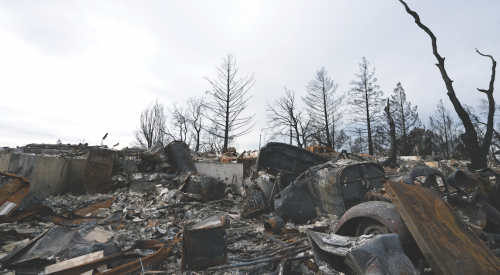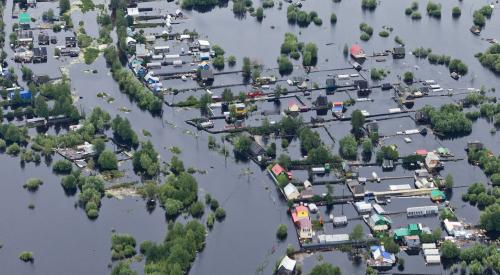Architects and engineers are innovating homes to protect against extreme weather at varying levels of price and complexity, but the pool of interested buyers is relatively small.
“It absolutely has not happened fast enough,” says Roy Wright, former head of risk mitigation at the Federal Emergency Management Agency (FEMA), about storm-resistant building technique adoption. “We’ve got to take the things that work, and do a whole lot more of it.” Bloomberg reports that of the 800,000 single-family homes built in 2017, the Census Bureau reports only eight percent had concrete frames, a common method used to reinforce structures against extreme weather. Jeremy Gregory, civil and environmental engineering expert explains, “Developers say that the market isn’t asking for those things. Part of that is people not being aware that these are the types of things they can ask for.”
Last year’s record hurricanes and wildfires demonstrated the vulnerability of the country’s housing stock, damaging or destroying more than half a million homes from California to Puerto Rico. Those disasters also showed that Americans won’t be deterred from building in vulnerable areas: Officials in Texas and California have already started issuing permits for new homes in the places hardest hit. That leaves the design and construction of U.S. homes as one of the main factors determining the human and economic cost of climate change. In response, architects have come up with almost as many ideas as there are types of disasters to defend against.












